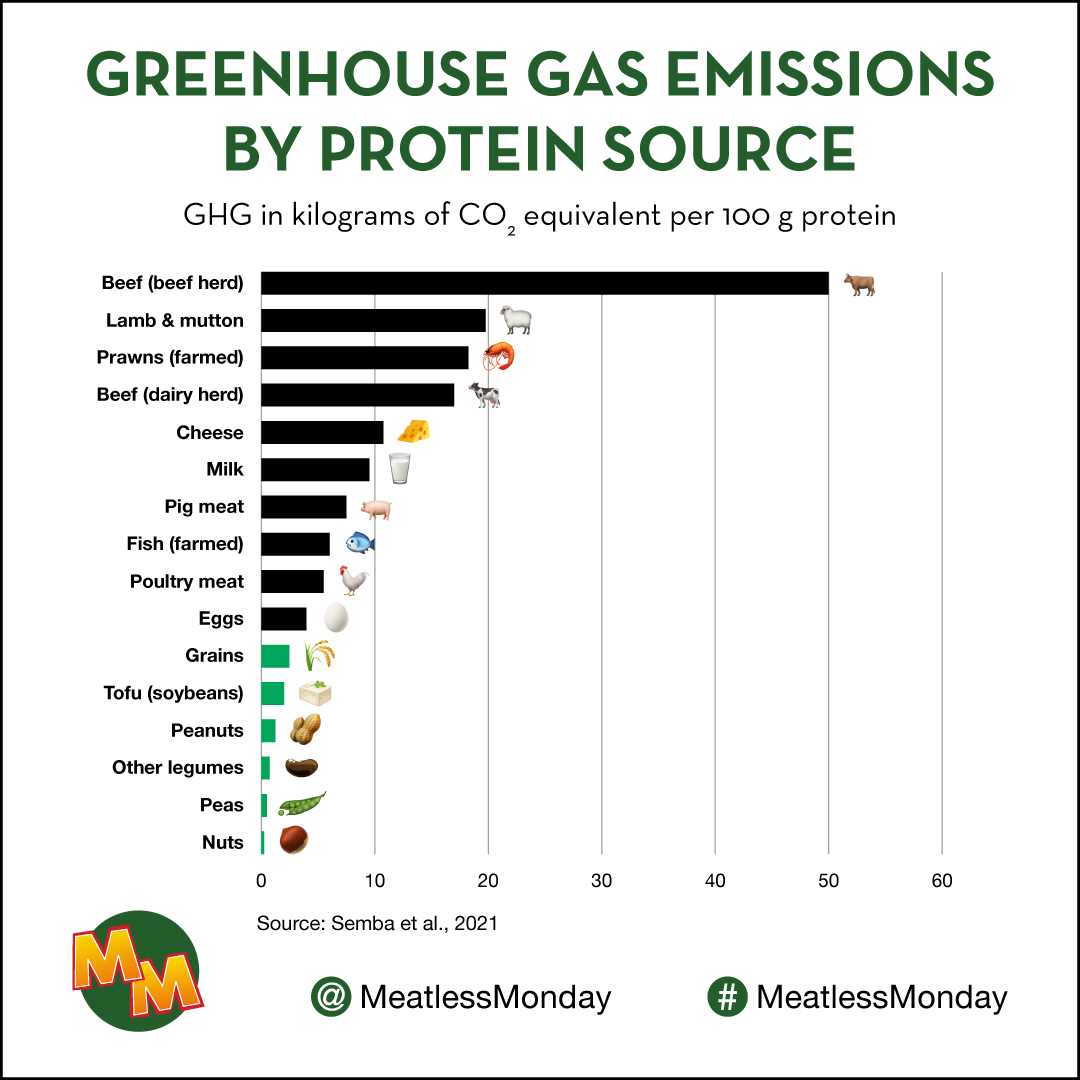Eat These Sustainable Foods to Help Protect the Planet
The world’s population is set to reach 10 billion by 2050, and all of these people will need to be fed.
Our current global food system was not designed to adequately address the demands of an exponentially growing population, especially, increased meat and dairy consumption. What we eat, where we grow it, and how we distribute it throughout the world needs to change.
And it starts with you enjoying delicious meals. By participating in Meatless Monday, you are already taking the first step in creating a better, more sustainable future. But as we continue to move forward, the focus needs to shift from what foods should we eat less to what foods should we eat more.
In 2019, the World Wildlife Foundation created a list of its top 50 foods for a sustainable future. These foods, which include greens, tubers, nuts, seeds, pulses, mushrooms, and vegetables, are all nutrient-dense and environmentally friendly. The more of these ingredients you can incorporate into your daily diet, the better it is for the planet.
This Monday, look through our list of sustainable foods and consider adding some to your shopping cart during your next supermarket run. For a little culinary inspiration, we’ve provided a recipe to accompany each ingredient. Happy eating!
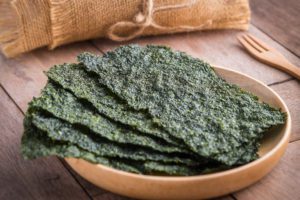
Algae (Seaweed)
Nutrient-rich and critical to our ecosystem, algae is responsible for nearly half of all oxygen production on Earth. Varieties of algae and seaweed are packed with protein and other antioxidants, as well as umami flavor, making them a tasty alternative to animal proteins. Try adding some dried seaweed to these vegan ceviche lettuce cups.
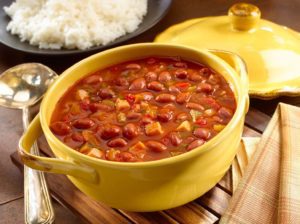 Beans
Beans
Beans and pulses, such as black beans, soybeans, peas, and lentils, are environmentally-friendly foods. Beans have the ability to improve soil health by converting nitrogen from the air into a useable form for other plants. Beans and pulses are nutritional powerhouses that contain loads of protein, fiber, and other important nutrients. Check out our ten favorite Meatless Monday bean recipes for bean-inspired cooking.
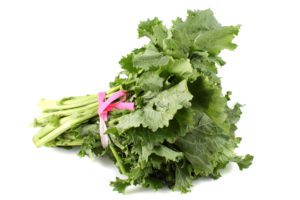
Broccoli Rabe
Common in Italian cuisine, broccoli rabe is a leafy cruciferous vegetable with an earthy and pleasantly bitter flavor. Easy to cultivate and grown incredibly quick (seven to eight weeks), broccoli rabe needs to be on your culinary radar. Sauté broccoli rabe with garlic and chile flake or add it as a topping to this polenta deep-dish pizza.
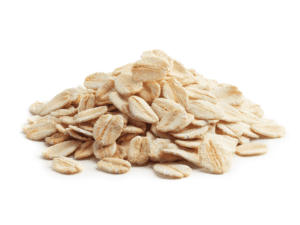 Cereals and Grains
Cereals and Grains
Together, cereals and grains make up a diverse food group that includes rice, wheat, maize, millet, buckwheat, quinoa, spelt and Amaranth. Using different types of cereals and grains can help improve soil health and biodiversity. Introduce your family (and yourself) to these lesser known cereals and grains by adding them to familiar foods, like these corn and quinoa mini burgers or this hearty white bean and millet soup.
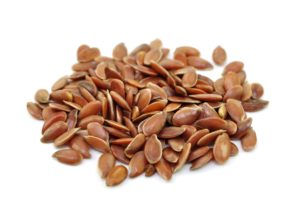 Flax Seeds
Flax Seeds
A lesser-known variety of seed, flax is experiencing a resurgence in popularity. Packed with healthy fats and fiber, flax seeds can be added to salads or granolas for a nutritious crunch, but they’re also a popular ingredient in vegetable burgers or as a vegan-egg substitute.
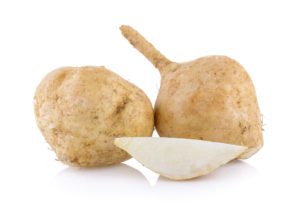
Jicama
Jicama is a high-yield plant that thrives in a variety of environmental conditions. Similar to a potato in texture and flavor, jicama is starchy and slightly sweet, making it a pleasant addition to slaws and salads or these jicama bao buns.
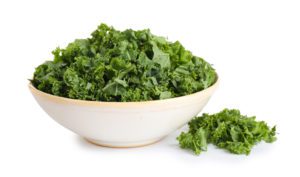 Kale
Kale
Kale is a hearty plant able to withstand frigid temperatures, which makes it a sustainable source of fiber and nutrients. A leafy green that can be consumed raw or cooked, kale is versatile and delicious. Use it as the star of this Mediterranean salad or as a supporting actor in a kale, potato, and carrot curry.
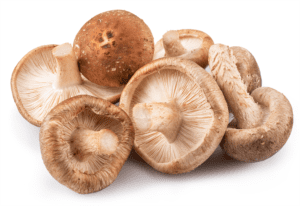 Mushrooms
Mushrooms
There are over 2,000 types of edible mushrooms, which means there’s certainly a mushroom for everyone. As a fungus, mushrooms are able to thrive in conditions that many other foods cannot. They can also be rich in B vitamins and vitamin D, and their umami flavor makes them a terrific alternative to meat. Experiment with different mushroom dishes, like this comforting mushroom pie or a meaty mushroom stew.
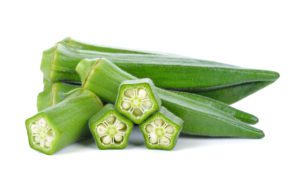
Okra
Not the first food you’d think of when considering sustainable ingredients, but okra is a survivor, capable of thriving in a number of different climates and environments. As one of the most heat- and drought-resistant foods in the world, okra is also delicious and good for you. Try throwing them into this okra stir fry or stuffing them with a spicy peanut mixture and pan fry.
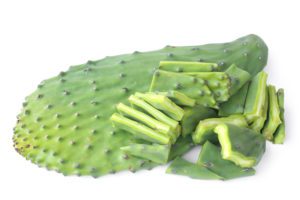
Prickly Pear/Cactus Pear
Cacti are easy to grow and highly adaptive, thanks to their ability to store water and survive dry, arid climates. Cacti are good for more than just decoration; when properly prepared, prickly pears and cactus pears can be welcome additions to salads, syrups, and jams.
Learn more about the environmental impacts of food and share the benefits of plant-based eating. #MeatlessMonday @MeatlessMonday

